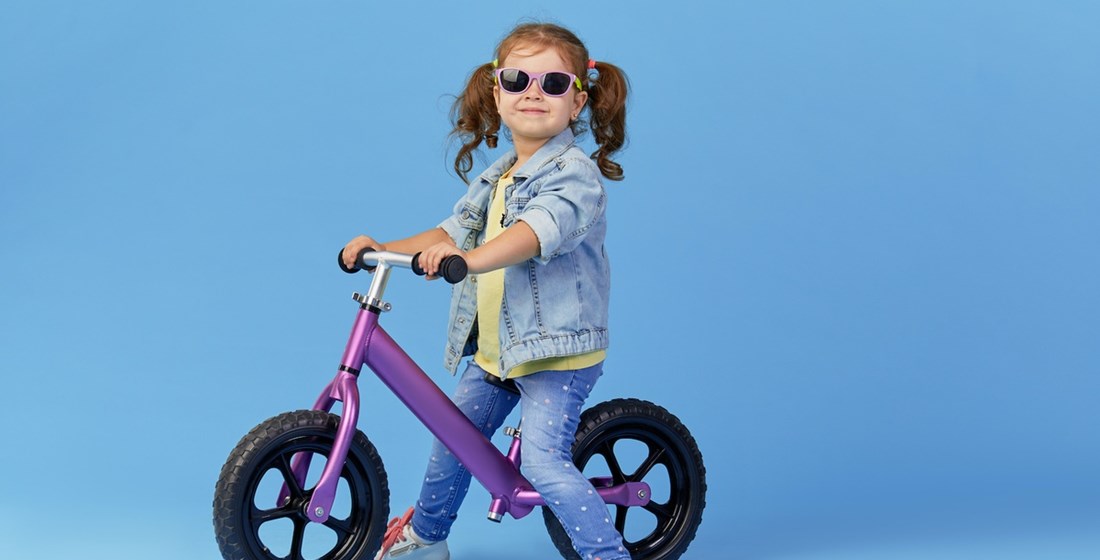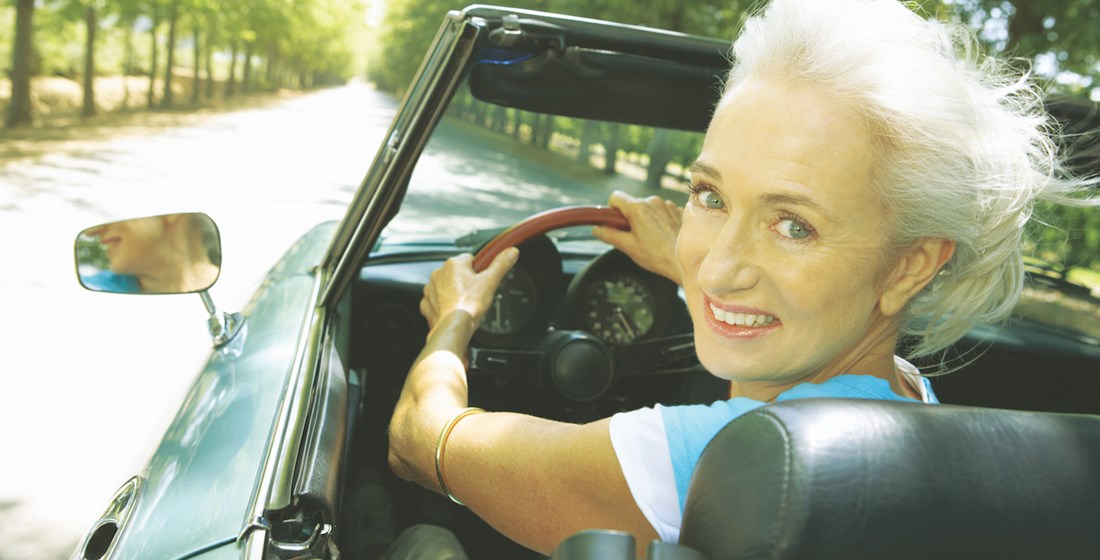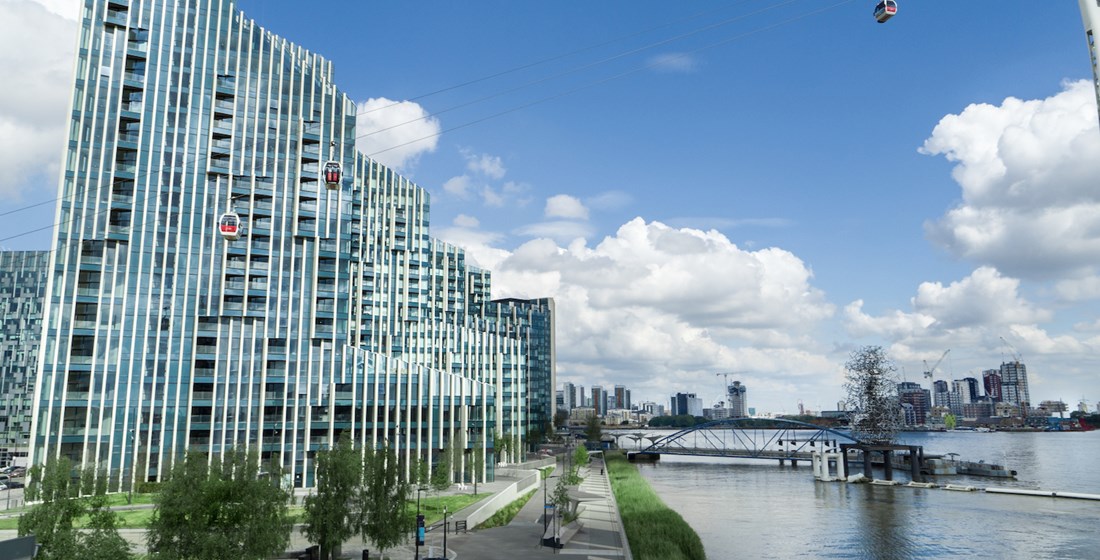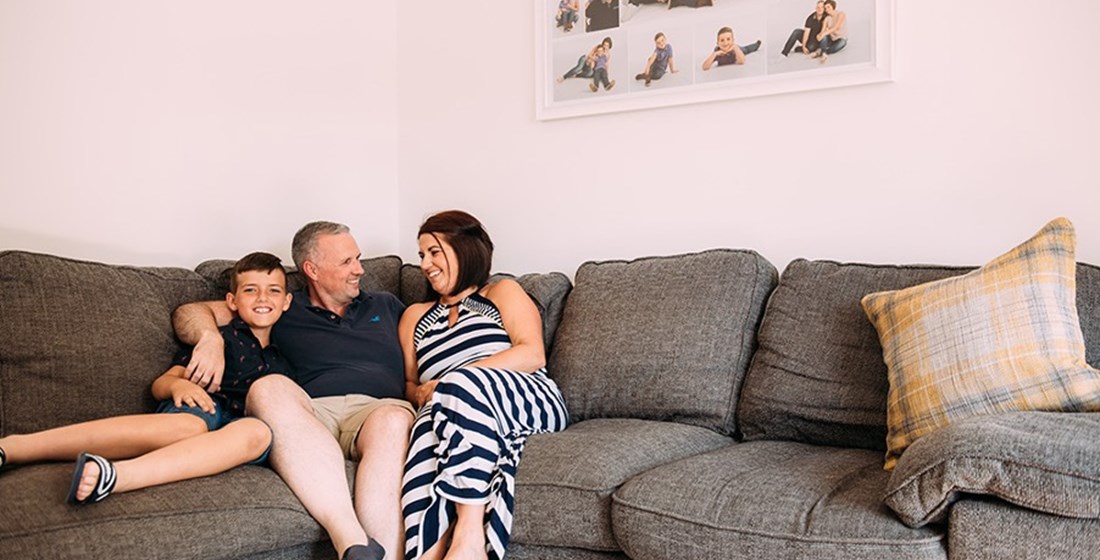On your bike
- Go back
- 30th Jul 20
In the midst of lockdown when cars left the road, one of the benefits was the increase of women, men and children on their bikes, many for the first time. As the UK eases out of its tight restrictions and more people return to work, it seems that cycling will be a chosen option by many commuters who are keen to avoid public transport. With more Brits getting on their bikes, we offer a guide to all you need to know for the novice rider.
Government schemes
Cycling is up by as much as 200% during coronavirus as revealed in a recent Government briefing by transport secretary Grant Schapps. To further encourage the public to get on their bike, the Government has introduced a ‘fix your bike’ voucher scheme worth £50 as well the announcement regarding a £2billion investment in cycling and walking. With people being encouraged to avoid public transport where possible, workers are being urged to cycle their commute with the ‘Cycle to Work’ scheme, allowing employees to spend on bikes and equipment, tax-free, making a claimed saving of up to 39% on the overall value.
Buy a bike
Remember when toilet paper and then flour were like gold dust, well the same can be said for bikes. Since the lockdown began, bike manufacturers and shops have announced a boom in demand and finding your perfect bike may be harder than you think. Cycle repair shops have also seen a surge in business so don’t dismiss a second-hand bike that needs a bit of work on it. Check out pre-loved sites such as Ebay or Gumtree and if you are eligible through a government scheme such as Bike2Work, an independent provider of the Cycle to Work scheme, you can buy a new bike via monthly installments. Whatever sort of bike you do get, invest in a decent lock and insurance because bikes regularly get stolen.
Wear a helmet
Research in the International Journal of Epidemiology has found that wearing a bike helmet can reduce the risk of suffering a serious head injury by up to 70%. Don’t let a moment of vanity risk leaving the helmet at home because if you are cycling at 20 miles per hour, you are moving as fast as you would if you jumped out of a second storey window. When choosing a helmet, it needs to fit properly, be visible in the dark and ideally be round in shape. Helmets will last for years but if you have been in a crash, you need to replace it so don’t buy second-hand.
Ask the experts
Although you may never forget how to ride a bike, the chances are that you may lose confidence if you have not been on the road for a while. There’s lots of expert resources to help you get started from Bikeability, a practical skills programme to help you understand how to cycle safely on today’s roads through to The Bicycle Society, an organisation which has taught thousands of children to ride a bike. If you are new to cycling, getting out and about in a city is going to feel pretty scary the first few times. Ask a more experienced friend if you can tag along with them on a quiet road and gradually build up your confidence.
Biking etiquette
You need to be able to claim your space on the road so leave your self-conscious thoughts at home. You need to take up space on the road and show everyone else what you are intending to do so ensure you stick your arm fully out when wanting to turn. Make sure you regularly look around and behind you to see what other cyclists, pedestrians and drivers are doing too. Also be prepared for angry commuters. Female cyclists are twice as likely to be abused or harassed on the roads than men so if that does happen, pull over somewhere safe, take a deep breath and gather your thoughts before getting back in the saddle.
Get the kids involved
Children are never too young to practise their bike skills. Start with a balance bike when they are very young and when you feel they are ready to transition to pedals, seek out a large open space with soft enough ground to cushion the impact on the inevitable falls. Keep instructions simple but the most important thing for them to understand is the brakes and how to use them. When they set off, you will need to help them balance but keep your hands on their shoulders rather than the bike so they are more in control and can build their confidence. Keep positive and offer lots of praise, they will all get it in their own time.
What to wear
As well as the essential helmet, there is a lot of kit out there that can help you have a more comfortable ride. The weather in the UK is unpredictable so be prepared for sunshine and showers. A waterproof jacket is a must, especially if you are cycling to work. Although there are lots on the market, look for one that is longer in the back and has sleeves that keep more of your arms protected when in a forward position on the bike. Padded shorts or tights are key pieces of kit when it comes to rider comfort. The stretchy material moves with the rider and is often made from a supportive Lycra fabric. If you are going to take your cycling seriously, invest in a pair of cycle-specific shoes and clipless pedals for a more efficient ride. When it turns cold, gloves are an essential and it is worth investing in those that offer insulation and hi-vis and reflective patches to make yourself more visible to others on the road. Wraparound glasses will protect your eyes from grit, dust or flying insects and finally socks can make or break a comfortable ride by being waterproof and protecting the feet from blisters and sores.
Before you set off
- Fix your saddle height.
- Pump your tyres.
- Be confident with your gears.
- Take water and food/gels if you are going a distance.
- Take a lock if you need to stop.
- Have a saddle pack with tools, spares, cash and a phone.
- Map out your journey.
- Practise fixing a puncture.
- Apply chamois cream for a chafe-free ride.










